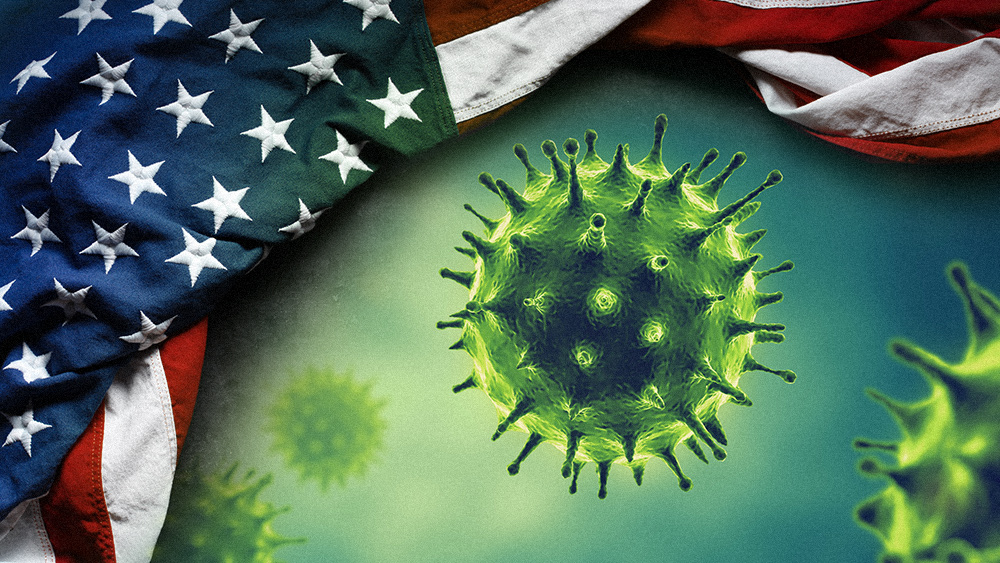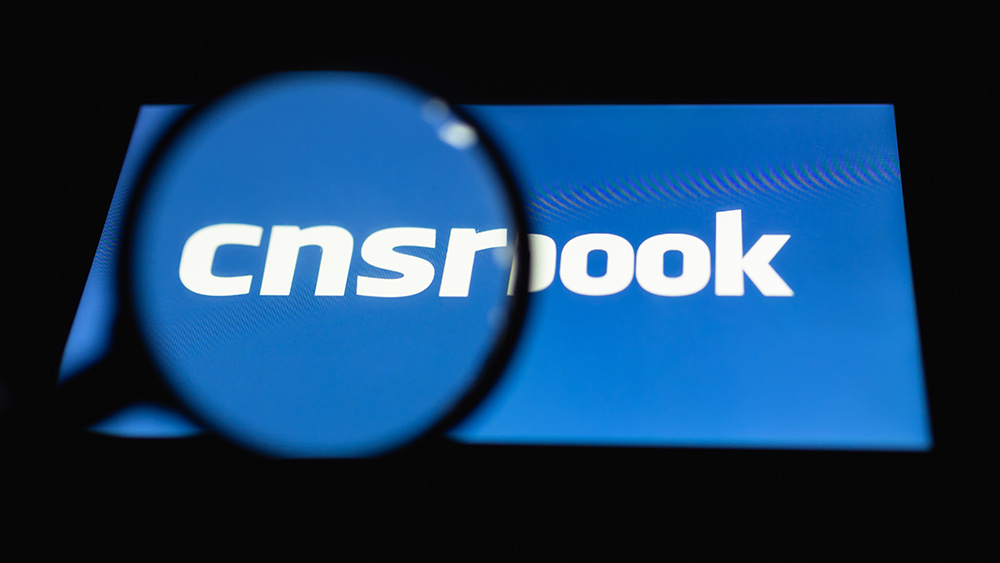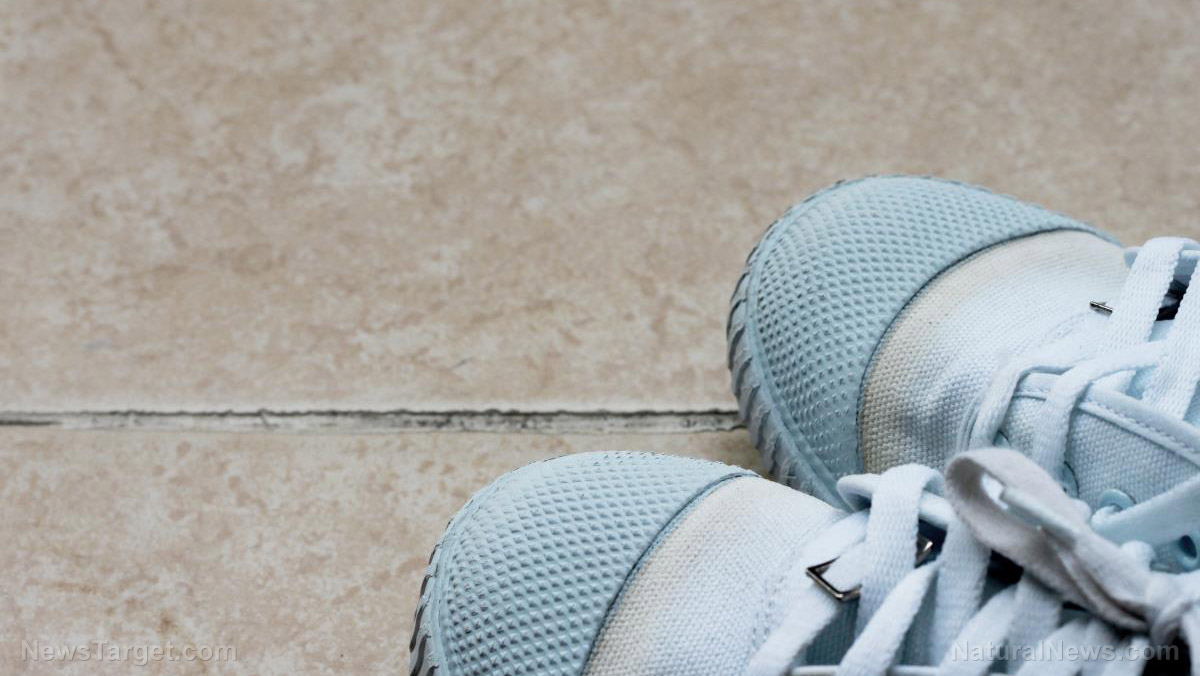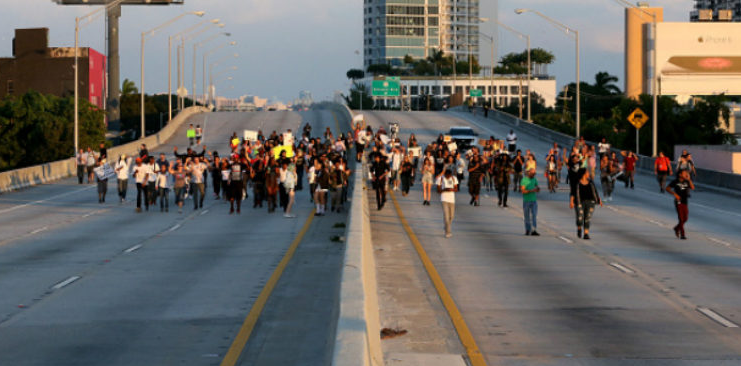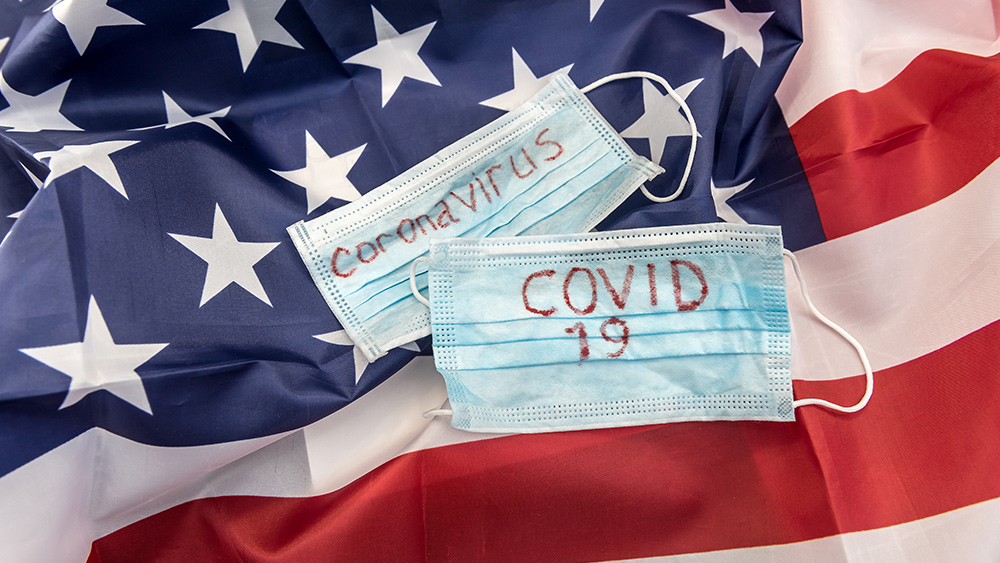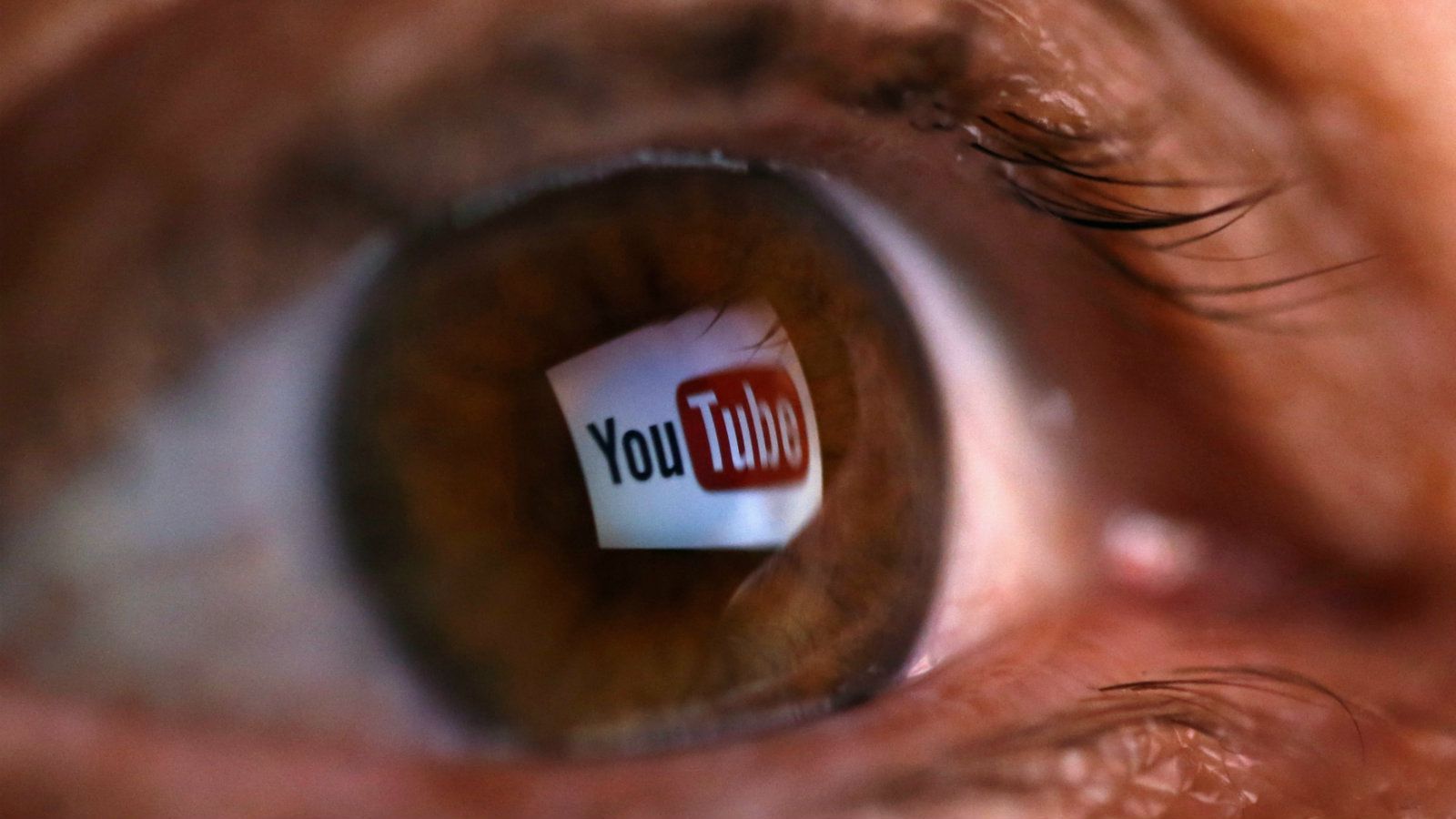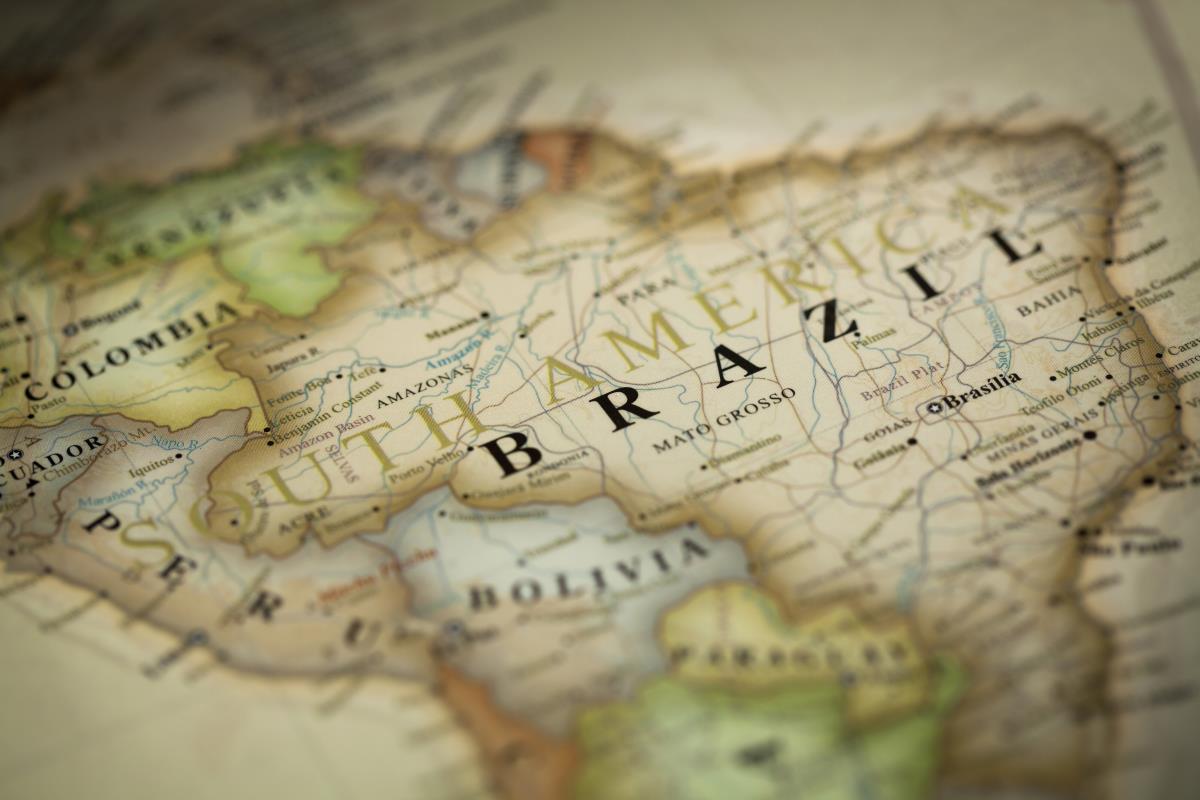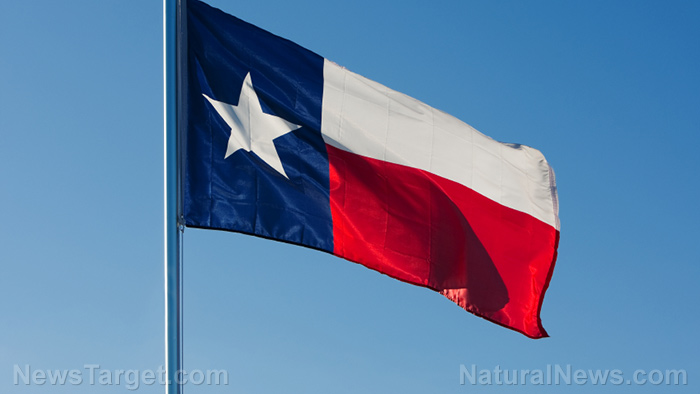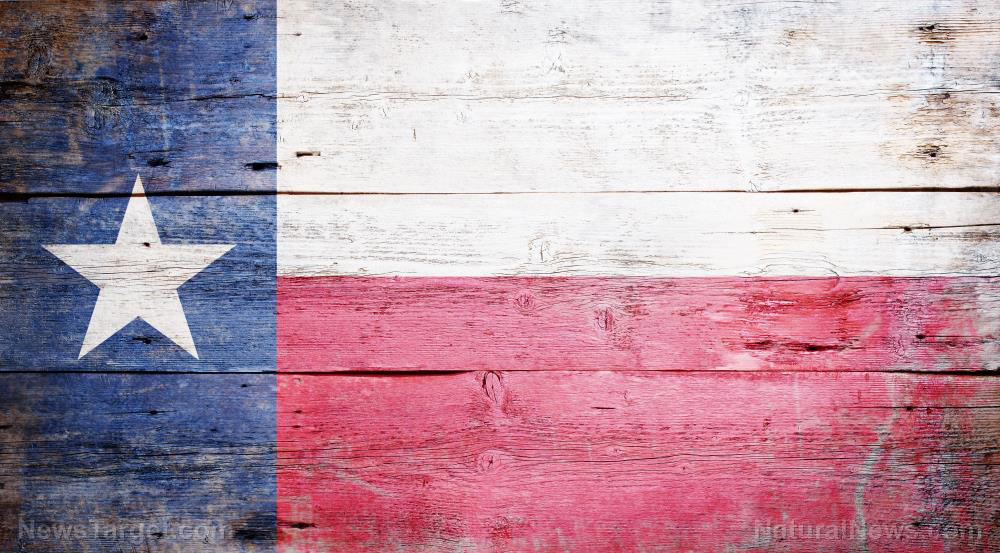New York, New Jersey and Connecticut to impose quarantine on travelers from states with big coronavirus outbreaks
06/25/2020 / By Franz Walker

The governors of New York, New Jersey and Connecticut announced Wednesday that all visitors from states with high Wuhan coronavirus (COVID-19) caseloads are required to self-quarantine for 14 days on arrival.
“This is a smart thing to do,” said New Jersey Gov. Phil Murphy via video at a joint news conference in New York City. “We have taken our people, the three of us from these three states, through hell and back, and the last thing we need to do right now is subject our folks to another round.”
Advisory implemented quickly to prevent travelers from rushing to beat it
The “joint travel advisory” took effect immediately at midnight on the day it was announced. New York Gov. Andrew Cuomo said that the quick implementation was aimed at preventing a rush of travelers trying to avoid the requirements.
“We now have to make sure that the rate continues to drop,” Cuomo said. “A lot of people come into this region and they could literally bring the infection with them. It wouldn’t be malicious or malevolent, but it would still be real.”
Only a handful of other states, such as Hawaii, Maine and Rhode Island, have required out-of-state travelers to quarantine. Some of these – including Florida and Kansas – only do so for those coming from specific states.
The new advisory in New York, New Jersey and Connecticut would apply to any person – both visitors and returning residents – coming from a state with a positive test rate higher than 10 for every 100,000 residents, or a state with a 10 percent or higher rate over a seven-day rolling average.
Specifically named are Alabama, Arizona, Arkansas, Florida, North Carolina, South Carolina, Texas and Utah. Washington state had originally been included in the list but was dropped after a further review of data.
According to Cuomo, enforcement of the advisory would be up to each of the three states. In New York, violators could be “subject to a judicial order and mandatory quarantine.” First-time violators could also be made to pay a $2,000 fine, and those who continue to violate it could be forced to pay up to $10,000.
New York reversed its fortunes and is looking to prevent outside infection
New York was once the epicenter of the coronavirus pandemic in the United States. In recent weeks, however, the state has largely controlled its outbreak, even as other states experience surges, leading to the table-turning moment where the state is now the one wary of travelers from other states.
Since mid-March, New Yorkers have largely abided by orders to wear masks in public and stay at home. This has helped bring new infections down to manageable levels, both in the city and the surrounding suburbs.
Now, the pandemic appears to be spreading more rapidly outside of the state. New infections are surging in places like Arizona and Texas, as these states pursue reopening strategies that are much more aggressive than those in New York.
Both the city and the state have begun a phased reopening of businesses that has been markedly more cautious compared to those in other areas of the country. Cuomo and other officials have been concerned about a resurgence of the virus. (Related: New York begins to reopen as coronavirus cases fall.)
The travel restrictions then are an attempt to mitigate the risk of new infections coming from out of state.
“We now have the virus under control. Yeah, but Florida doesn’t, Texas doesn’t, these other states don’t,” he said last week. “And what happens if they get on a plane and they come to J.F.K.? So, we get the infection rate down and then because other states are high, we could have a problem.”
Sources include:
Tagged Under: Connecticut, coronavirus, covid-19, disease, epidemic, Flu, government, infections, lockdowns, New Jersey, New York, outbreak, pandemic, quarantine, restrictions, self-quarantine, travel, virus
RECENT NEWS & ARTICLES
COPYRIGHT © 2017 COLLAPSE.NEWS
All content posted on this site is protected under Free Speech. Collapse.news is not responsible for content written by contributing authors. The information on this site is provided for educational and entertainment purposes only. It is not intended as a substitute for professional advice of any kind. Collapse.news assumes no responsibility for the use or misuse of this material. All trademarks, registered trademarks and service marks mentioned on this site are the property of their respective owners.



